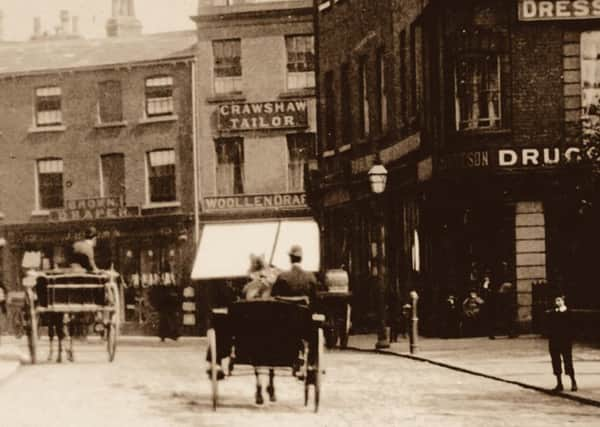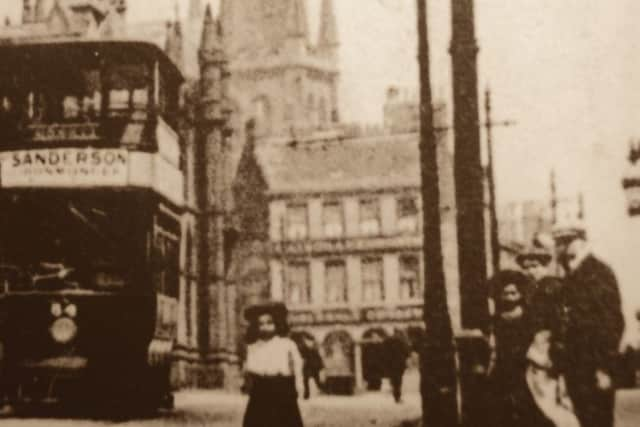The secret history of Wakefield


WAKEFIELD has long been in the shadow of its bigger, brasher neighbour.
But while Leeds has reinvented itself in recent decades as the financial powerhouse of Yorkshire, it hasn’t always been king of the hill. In fact, for a long period Wakefield was the unofficial capital of the West Riding.
Advertisement
Hide AdAdvertisement
Hide AdIt’s just one of the points that Paul L Dawson makes in his illuminating and detailed new book, Secret Wakefield, which gets beneath the skin of the city’s history to sing the praises of the people and places that have made Wakefield what it is today.


Dawson, an historian and director of music at Wakefield’s Westgate Chapel, says his aim was to put the spotlight on some of the forgotten men and women who helped shape the city’s past.
“I wanted to write a book that highlighted some of the people who weren’t just prominent in Wakefield but who had national and international influence,” he says.
People like the Reverend John Goodwyn Barmby, a Unitarian minister, poet and radical who was Minister of Westgate Chapel from 1858 to 1879. “He has been mostly forgotten in the history of Wakefield and the wider the world,” says Dawson.
Advertisement
Hide AdAdvertisement
Hide AdBarmby travelled to France during the uprisings during the 1840s and again in 1871. “He came back from France with ideas on how to organise industry and commerce along the lines of co-operative style businesses.”
Barmby was an associate of Giuseppe Garibaldi, an Italian general and politician who played a key role in the unification of Italy. He’s also the man credited with having introduced the word “communist” into the English language following a visit to Paris in 1840.
“He was the man who invented the word ‘communism’ and he founded the Communist Propaganda Society. He was an influential political figure who championed universal suffrage, and particularly female suffrage, decades before the more famous Pankhurst family.”
His influence was also felt closer to home. “Revd Barmby helped create a fairer society in Wakefield and yet he’s very much an overlooked historical figure. He wanted everybody to have the same right to education and he wanted to create co-operatives, foreshadowing Engels and Marx. In many ways he was years ahead of everyone else.”
Advertisement
Hide AdAdvertisement
Hide AdAnother family that shaped Wakefield’s history are the Gaskells. Brothers Benjamin and Daniel Gaskell were both MPs, in fact Daniel was Wakefield’s first ever MP, yet both men have largely slipped from the memory when it comes to discussing the city’s history.
It’s something Dawson is keen to rectify. “In their own life times they affected changes and improvements to education and other causes in Wakefield and Yorkshire as a whole,” he says.
Gaskell Street was named after them but despite the legacy they left behind few people outside Wakefield, and even some who live in the city, probably know much about the brothers.
As well as shedding light on Wakefield’s pioneering ancestors, Dawson also looks at how architecture has played a pivotal role in shaping the city, putting the spotlight on the now demolished New Corn Exchange, as well as the historical Westgate, Kirkgate and Northgate areas of the city.
Advertisement
Hide AdAdvertisement
Hide Ad“Wakefield was the capital of West Riding in everything but name from about 1540 right up until the 1830s. It was also the biggest population centre and the largest economic centre and I think people forget how important Wakefield has been.”
It sill is today, despite all the attention lavished on its noisy neighbour.
Secret Wakefield, published by Amberley Publishing, is out now priced £12.99